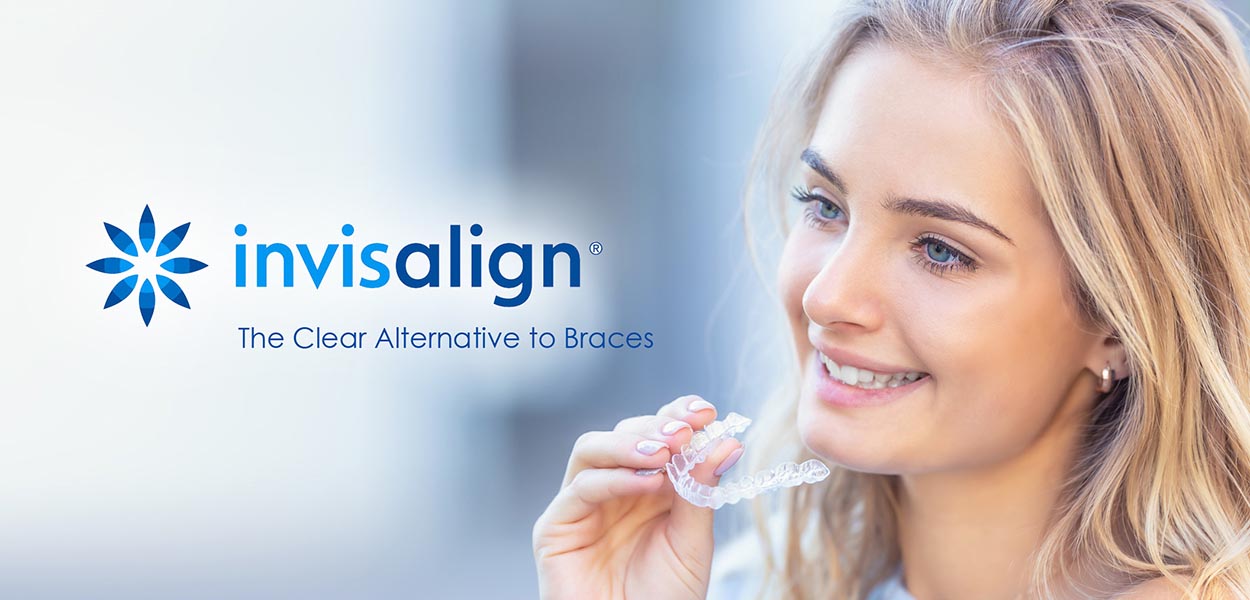Invisalign – Is It Worth the Hype?


I just got Invisalign, and after less than a day, these aligners are annoying! I had a button put on for use later when I need rubber bands to help move my teeth better, and the button is a bit cumbersome when taking the aligner trays in and out. It’s also taking a really long time to brush and clean my teeth and trays – is it always going to take me close to 10 minutes every time? That’s a lot of time spent cleaning! I read all about how amazing the aligners are, but I wasn’t prepared for the reality of them. Do you have any suggestions for how I can get used to my aligners?
Sincerely,
Kelly M.

This is a common issue I see with a lot of people who decide on Invisalign treatment. There is a lot of marketing behind Invisalign, but it is important that orthodontic patients understand everything that goes into the treatment before opting for it. Unfortunately, I find more often than not that patients are misinformed or completely unaware of the downsides to Invisalign treatment.Let’s talk first about how they feel in your mouth. Invisalign marketing talks a lot about how comfortable the aligners are. Invisalign doesn’t involve metal brackets and wires that can irritate your mouth, but the aligners still won’t feel natural in your mouth. In fact, you may notice that they feel awkward and cumbersome. And it is important to remember that they are still designed to move your teeth, so there will tenderness and soreness associated with them as the teeth move. Unfortunately, there is no orthodontic treatment that can move your teeth without any soreness associated.In fact, there is greater instances of discomfort with Invisalign due to how often the aligners are changed out. You’ll change to a new set of aligners every week or two, and each time a new set is in your mouth, it can take a couple of days to get used to it. There are typically 60 planned movements with Invisalign, and patients can require dozens of aligner sets to reach the desired tooth movement. And every time you change from one set to another, you’ll experience new soreness associated with the new aligner.
While the aligners are made of a smooth plastic, there can still be some areas on them that can irritate the inside of your mouth. If there are areas that feel sharp, it can help to use orthodontic wax on those areas, or ask your orthodontist to help file those areas down to make them smoother.
You also mentioned the use of buttons. This is another important topic for patients to be familiar with before choosing Invisalign. When Invisalign was first introduced, it was really only for patients with milder malocclusions. Attachments and buttons help move more severe malocclusions, but, these attachments and buttons make Invisalign treatment much more visible, and more similar to regular braces. I often hear of patients who thought they were going to have just the clear aligner treatment, and who are disappointed to learn that their treatment will involve the use of buttons and attachments, rendering their treatment visible to everyone.
The attachments provide a surface for the aligner to “grip” onto, allowing it to move a stubborn tooth that otherwise wouldn’t be able to be moved with the smooth aligner alone. Buttons are used to provide a way for rubber bands to be attached, while still wearing the aligners. In most cases, your aligners will need to be trimmed to allow space for the buttons to be placed and for the rubber bands to be able to attach. This then opens up the aligners to rough areas that can irritate the inside of the mouth and make the aligners more difficult to move in and out of your mouth.
The use of buttons and attachments allows many more patients to utilize Invisalign treatment, however, they can make your treatment more visible to others. Many orthodontists place the buttons or attachments on at the beginning of treatment and leave them on until treatment is completed. This is something all potential Invisalign patients should be aware of BEFORE treatment begins so they know exactly what to expect.
You’ve also noticed that caring for your teeth and trays is taking extra time. I’m glad to hear you are paying extra attention to making sure your teeth and your trays are clean. Invisalign aligners are hyped for being removable and not making brushing and flossing more difficult. But, just like with any orthodontic treatment, there are things to consider when caring for your teeth.
With regular braces, you have brackets and wires to brush and floss around, which can take some extra time. With Invisalign, you may have buttons or attachments to clean around, but you also have to be sure you thoroughly clean and rinse your trays before putting them back in your mouth.
It’s really important to clean both your teeth and your aligner before putting the aligner back in your mouth. Otherwise, particles from food can get remain in your mouth, and when you put the aligners back in, you are trapping them against your teeth, where plaque can build up. The aligners inhibit your flow of saliva, and prevent the saliva you do produce from washing your teeth throughout the day. Saliva production is important in helping to wash away any debris that may be left over from eating. If patients are not taking extra care of their teeth during Invisalign treatment, we can see increased risk of dental decay.
The first few days to a week are always the hardest, no matter what orthodontic treatment option you choose. Reading and understanding everything that goes into treatment is helpful, but the reality is always slightly different. Many Invisalign patients discover over the course of their treatment that it is much more complicated than the marketing hype may have led them to believe.
Sincerely,
Dr. S.


